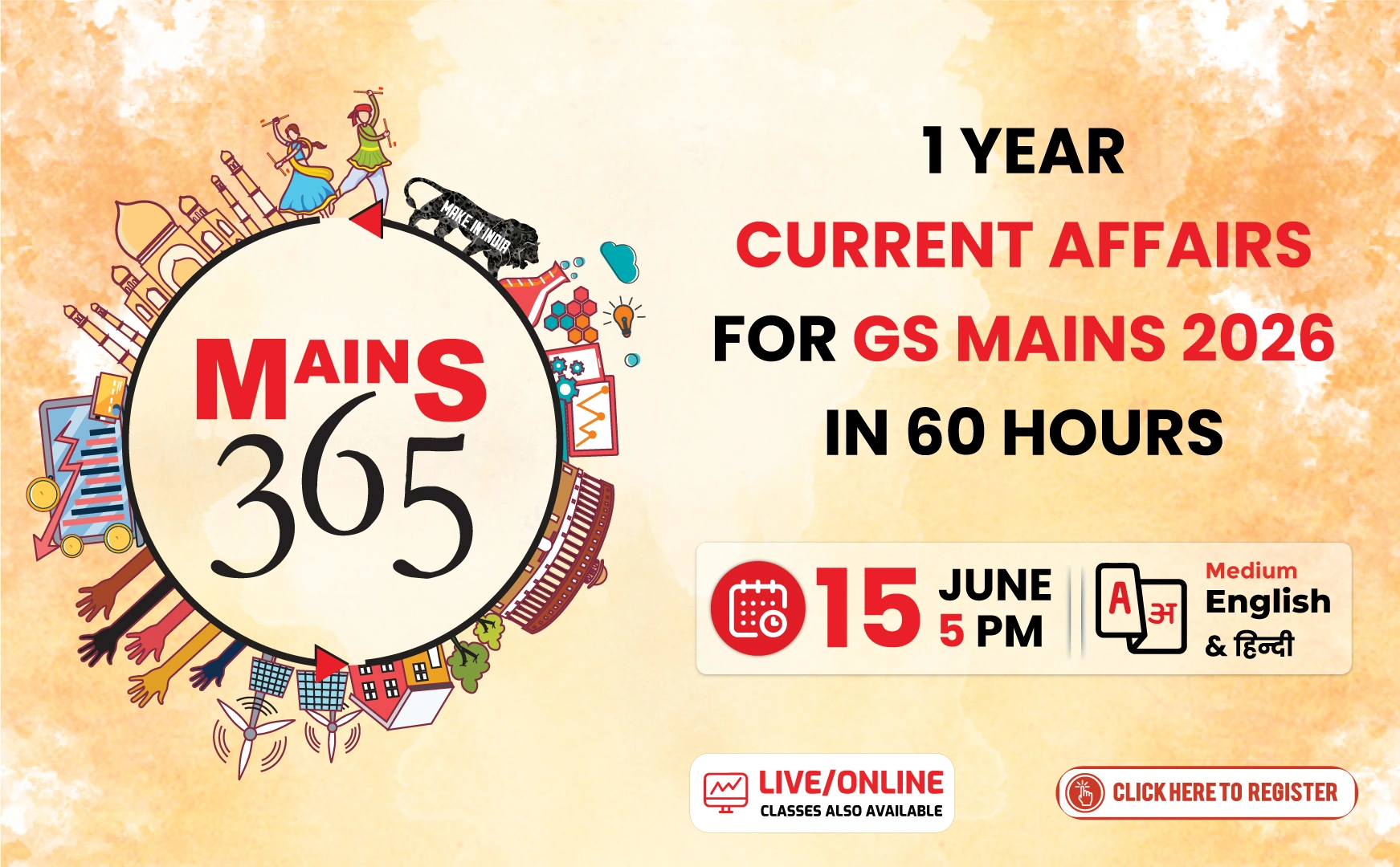India's Employment Landscape: Challenges and Opportunities
According to the India Employment Report 2024 by the International Labour Organization and the Institute for Human Development, a significant portion of India's unemployed population, 83%, consists of youth. This highlights a critical challenge in integrating graduates into meaningful employment despite the annual increase in graduates from universities and skill programs.
Role of EPFO
- The Employees’ Provident Fund Organisation (EPFO) is pivotal in India's social security, managing retirement savings for over 7 crore members in the organised sector.
- Recent data shows an increase in formal workforce participation, with young professionals, particularly in the 18-25 age group, making up a significant portion of new enrolments.
Unemployment and Skill Gaps
- Youth unemployment is exacerbated by a lack of employability, with 50% of graduates not job-ready due to insufficient digital and professional skills.
- Economic Survey 2023-24 highlights that technological transformations demand reskilling to bridge the gap between education and employment.
Informal Employment
- Nearly 90% of employment is informal, with a decline in salaried jobs since 2018, raising concerns about job security and social welfare.
- A significant portion of young people lack basic digital skills, which is critical as the Future of Jobs Report 2025 predicts shifts in employment dynamics.
Projected Employment Changes
- By 2030, 170 million new jobs are expected while 92 million jobs might be displaced, necessitating urgent skill development to prepare the workforce.
Policy Recommendations
- Stronger collaboration between industry and academia, with mandatory formal partnerships.
- Accountability of educational institutions for student placements.
- Mandatory inclusion of Idea Labs, Tinker Labs, and integration of humanities and soft skills in education.
- Focus on skilling programs to meet global demands, particularly in ageing societies in the West.
- Establishment of an Indian Education Services to attract top talent into education.
- Incorporating industry professionals into the educational framework to bridge theory and application gaps.
India stands at a critical juncture, requiring strategic interventions to enhance workforce readiness and align with future job markets.



